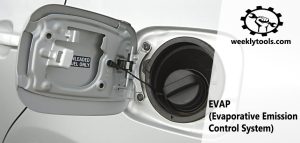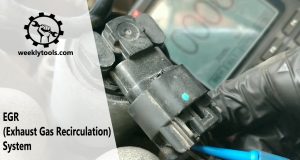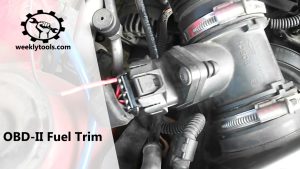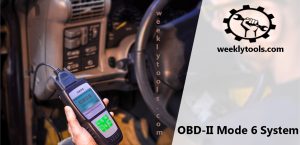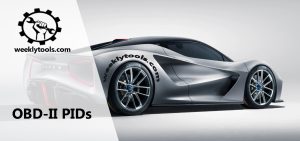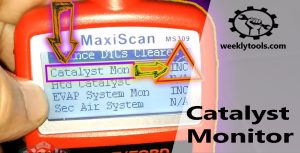EVAP (Evaporative Emission Control System)
The Evaporative Emission Control System (EVAP) is a key part of OBD-II scan tools that helps keep fuel vapors and pollution under control. The EVAP system helps cut down on hydrocarbon emissions and stops fuel vapors from escaping into the air and making it dirty. In this article, we’ll talk about what the EVAP system is for, how it works, what it’s made of, and how important it is to keep it in good shape. Purpose of EVAP System The main purpose of the EVAP system is to stop fuel vapors from getting out of … Read more

